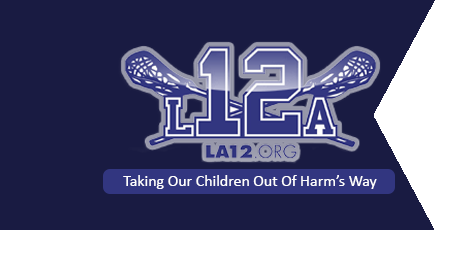In 2000, Louis Acompora died tragically at age 14 from a condition called commotio cordis following a blunt trauma to the chest while playing lacrosse.
What is Commotio Cordis?
Commotio cordis is a syndrome that results from a blunt impact to the chest that leads to cardiac arrest. It is a poorly recognized and underreported event that happens to healthy young athletes as a result of a low-energy, non-penetrating blow to the chest. Commotio cordis does not result solely from the force of a blow. It is largely the result of the exquisite timing of the blow during a narrow window within the repolarization phase of the cardiac cycle, 15 to 30 milliseconds prior to the peak of the T-wave (re-polarization of the ventricles).
Young athletes are especially at risk because of the pliability of their chest walls. Athletes wearing chest protectors have died while playing baseball, lacrosse, hockey, and softball. The true number of deaths is unknown because of underreporting and misclassification.
Time is a critical factor after the onset of the event. Early cardiopulmonary resuscitation and especially early defibrillation is essential.
To prevent deaths from commotio cordis, it is necessary to train coaches, bystanders, and other sports personnel in recognition of this event and the timely response. Basic life support training and access to automatic external defibrillators (AEDs) are crucial to achieving this goal.
In 2017 the National Operating Committee on Standards for Athletic Equipment (NOCSAE) researched and developed with partial funding from the Louis J. Acompora Foundation the world’s first performance standard to protect athletes against commotio cordis. Products are now becoming accessible to the public. A list of products approved by NOCSAE can be found at The Safety Equipment Institute.
To prevent deaths from commotio cordis it is necessary to train coaches, bystanders, and other sports personnel in the recognition of this event and the timely response. Basic life support training and access to automatic external defibrillators (AEDs) are crucial to achieve this goal.

